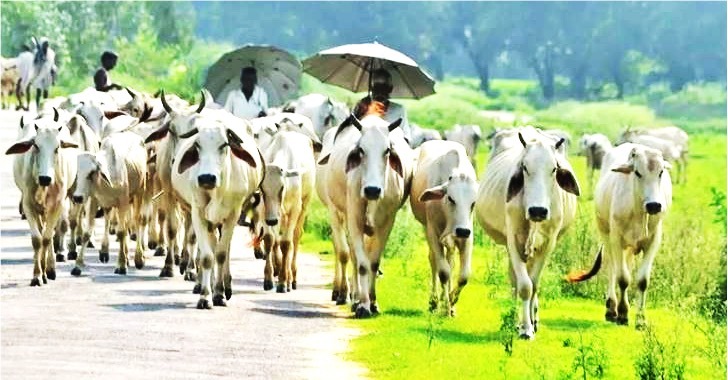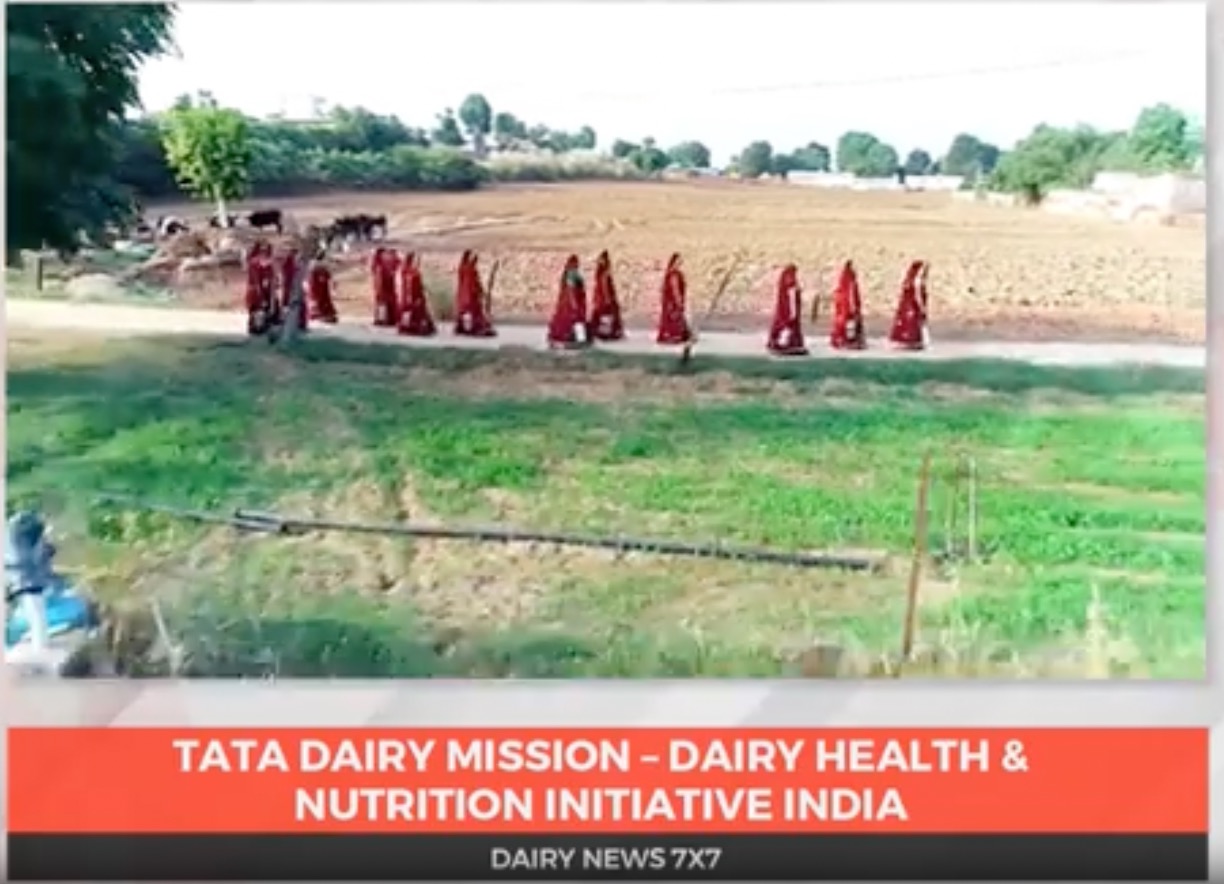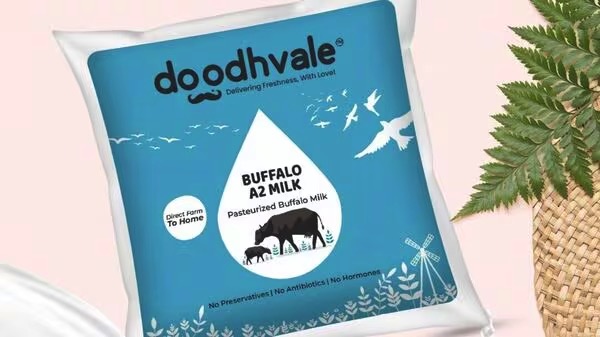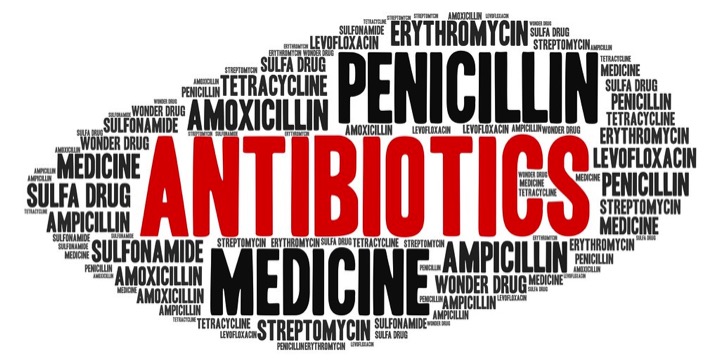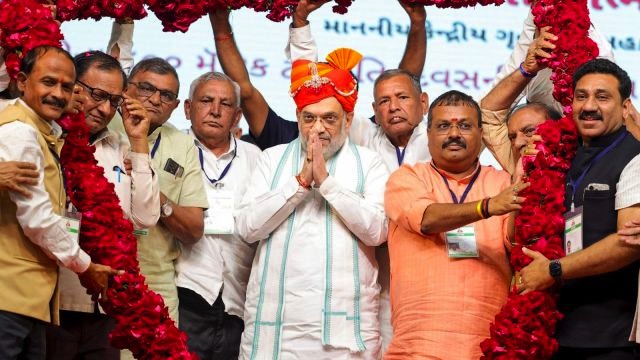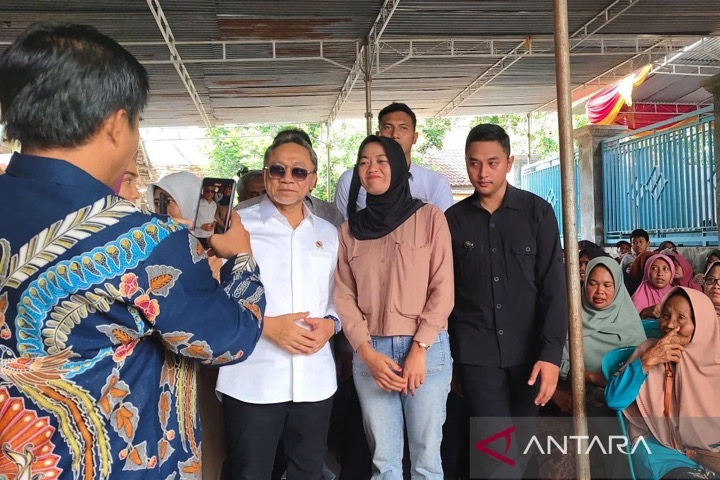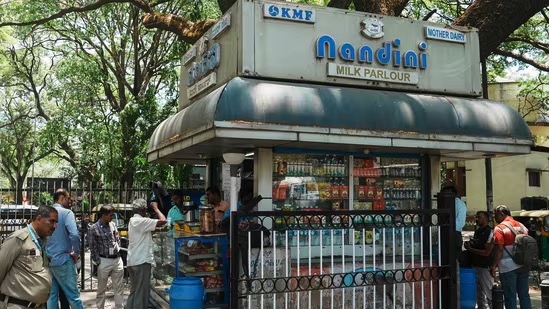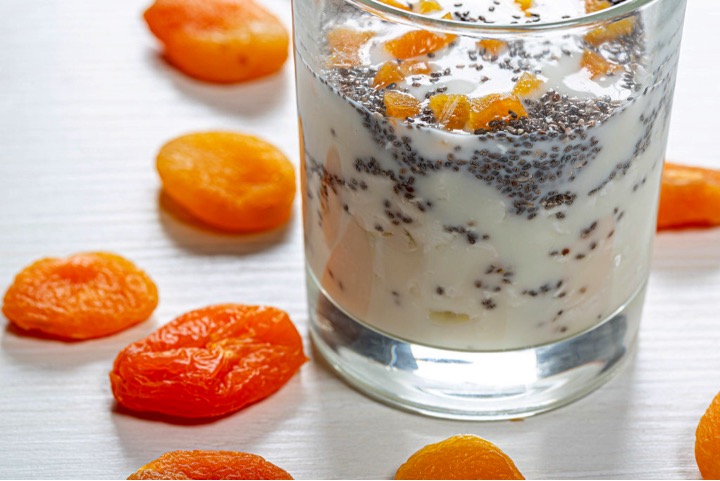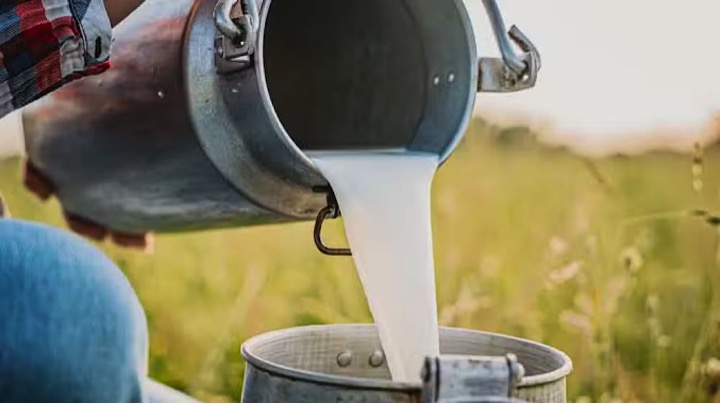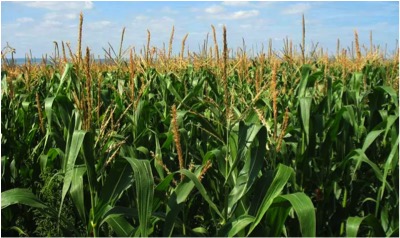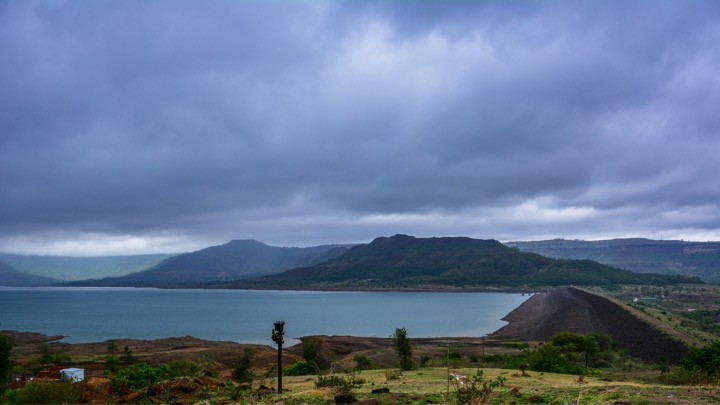Abinaya Tamilarasu said her four cows are part of the family. She has a degree in commerce from a local college, but prefers being home milking cows and tending to her family’s land.
“Our family cannot let farming go, it’s a way of life for us,” said the 28-year-old, who lives on her family farm in India’s southern Tamil Nadu state. Even when she could be making more money elsewhere, she said she’s “still happy we have our cows.”
India is the world’s largest milk producer, and is home to 80 million dairy farmers who made 231 million tons of milk last year. Many farmers, like Tamilarasu, only have a few cows, but the industry as a whole has 303 million bovine cattle like cows and buffalo, making it the largest contributor to planet-warming methane emissions in the country. The federal government has made some positive steps to reduce methane, but wants to focus emissions cuts elsewhere, like by moving to renewable energy, saying most methane emissions are a fact of life. But experts say the industry can and should make more reductions that can quickly limit warming.
India is the third largest emitter of methane in the world, according to figures published earlier this month by the International Energy Agency, and livestock are responsible for about 48% of all methane emissions in India, the vast majority from cattle. Methane is a potent planet-warming gas that can trap more than 80 times more heat in the atmosphere in the short term than carbon dioxide.
The Indian government has not joined any global pledges to cut methane emissions, which many see as low-hanging fruit for climate solutions, as methane emissions only last in the atmosphere for about a dozen years, compared to CO2 that can linger for a couple of hundred years.
But there’s some work on methane reduction in agriculture on the national level: The government’s National Dairy Development Board, which works with over 17 million farmers across the country, is looking into genetic improvement programs to provide more nutritious feed to livestock which would make cows more productive, meaning each farmer would need fewer cows to produce the same amount of milk. Studies by the NDDB show that emissions are reduced by as much as 15% when a balanced diet is provided to the animals.
The board is also looking into reducing crop burning, a high-emitting practice that some farmers use to clear their lands, by feeding those crops to cows.
“Climate-smart dairying is the need of the hour,” said Meenesh Shah, the board’s chairman.


